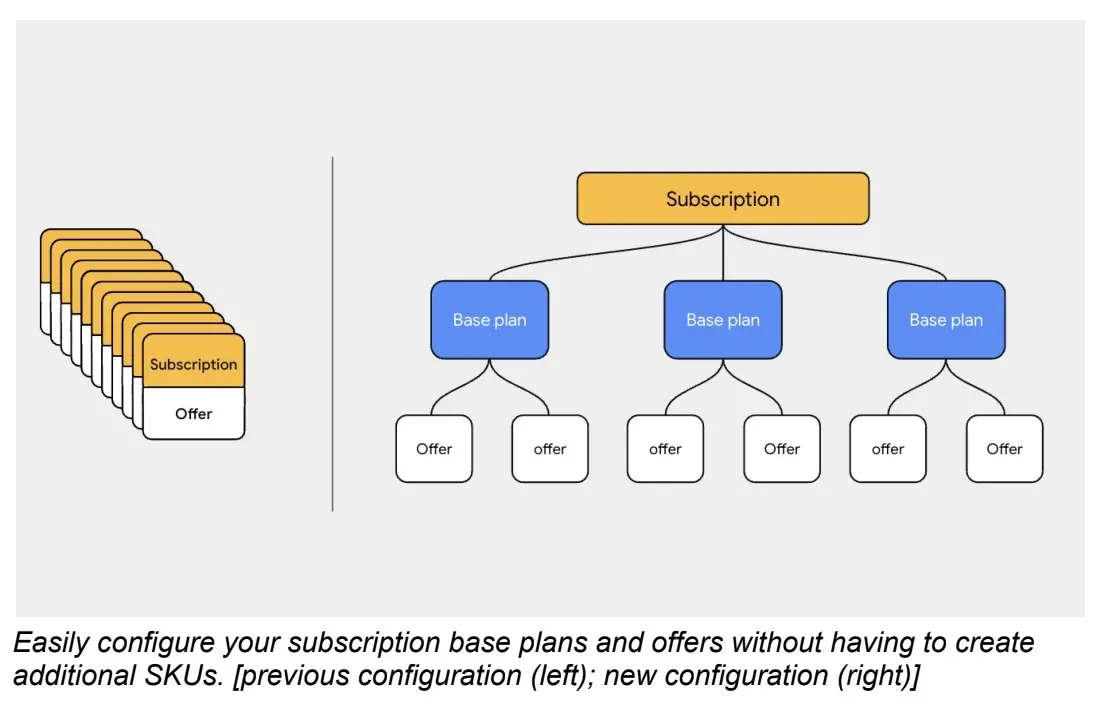At today's I / O Developers Conference, Google announced a number of measures aimed at making it easier for Android application developers to generate revenue through subscriptions, especially when trying to reach users in emerging markets Most notably, the company said it would now allow developers to provide subscription capabilities to users through prepaid plans, which basically provide access to applications and services within a fixed time set by developers.

When the user's subscription expires, if there is a balance in the account, you can purchase recharge in the application. Google says this feature makes sense in areas where pay as you go mobile plans have become standard. In these markets, consumers are used to the prepaid model, so extending it to applications can help developers increase their subscription revenue.
However, prepaid subscriptions can also help target other usage situations - for example, customers who don't like subscriptions, they don't want to be locked in continuous charging, and they want more control over their spending on mobile applications.
Google also announced the expansion of pricing options and the introduction of "ultra-low" prices to cover users in emerging markets. In March last year, Google lowered the minimum price limit of its products in more than 20 markets in Latin America, Europe, the Middle East, Africa and the Asia Pacific region, allowing developers to reduce the price to 10 to 30 cents (USD). At that time, the company explained that these "ultra-low prices" would allow developers to "better reflect local purchasing power and demand" by adjusting pricing, so as to reach new potential buyers.
Now, Google says developers can reduce the price to as low as 5 cents. This will also enable developers to conduct local sales and promotions and support various micro transactions, such as in app tips.
While these changes will help better target Android App users in emerging markets, Google has also made other improvements to app subscriptions.
The company said that by allowing developers to configure multiple basic plans and special offers, it makes it easier to sell subscription services on Google play, so as to reduce the cost of having to manage more and more SKUs because developers adjust that they want to sell subscription services through offers.
In this setting, developers can establish multiple basic plans, each with its own billing period and renewal type - such as monthly or annual automatic renewal plan or monthly prepayment plan. Then, for each base plan, they can create multiple special offers throughout the subscription life cycle.
For example, they can create an acquisition offer for a limited time free trial, an upgrade offer to move from the prepaid plan to the automatic renewal layer, or even a downgrade offer to help retain a user who may want to cancel because they don't use all their subscription benefits.
The company announced last year that it would start supporting other payment methods, including cash and prepayment plans. Google said that in the following time, it expanded its payment method library, including more than 300 local payment methods in 70 countries, and added e-wallet payment methods, such as merpay in Japan, KCP in South Korea and Mercado Pago in Mexico.